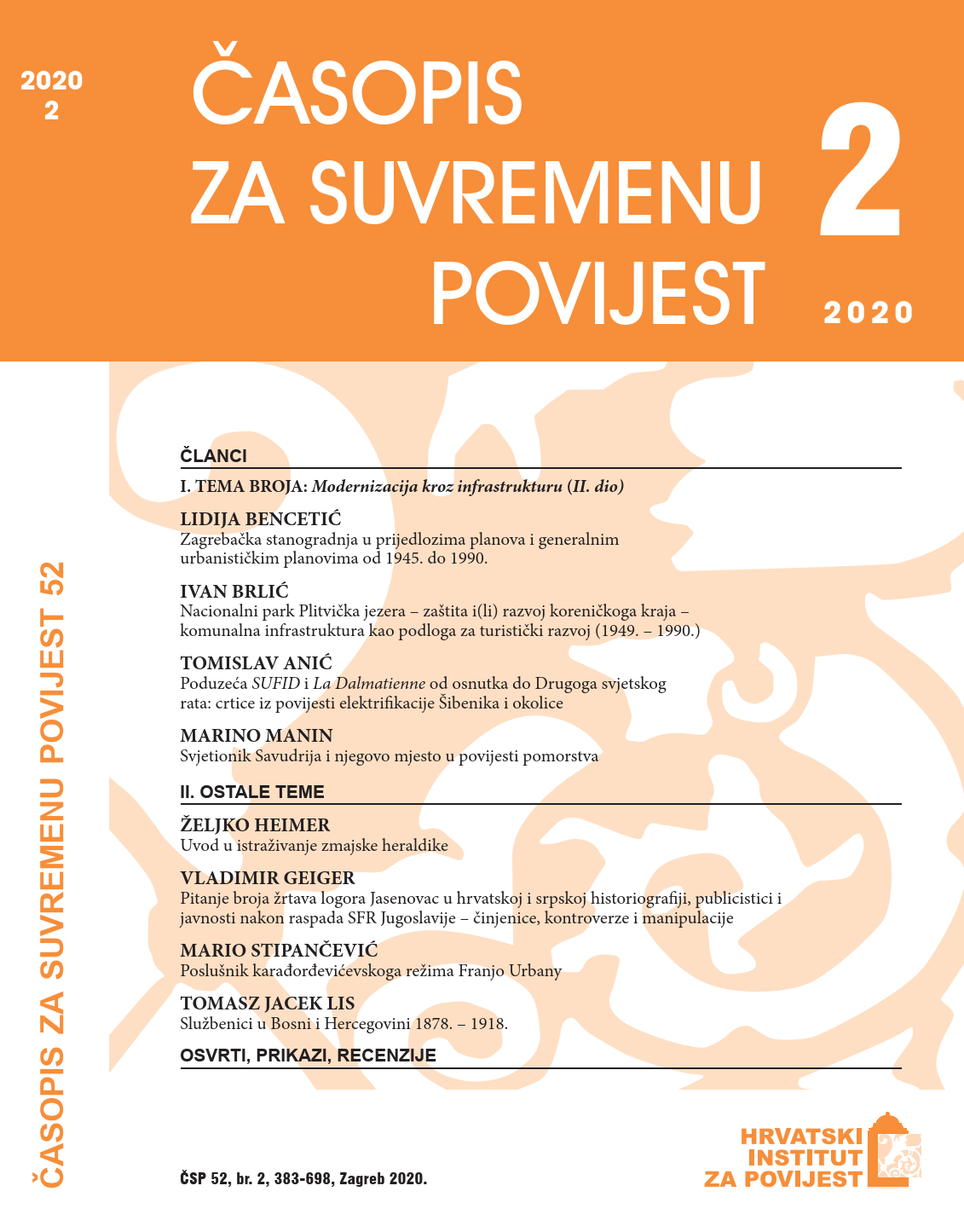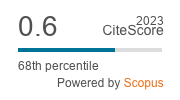An Introduction to the Research of Draconic Heraldry
DOI:
https://doi.org/10.22586/csp.v52i2.10395Keywords:
‘Brotherhood of the Croatian Dragon’ Society; draconic heraldry; draconic coat of arms; living heraldryAbstract
Draconic heraldry is a term applied to coats of arms and other heraldic insignia of the ‘Brotherhood of the Croatian Dragon’ Society and the draconic coats of arms as personal symbols of the Society’s members. The Society, established in 1905, is a cultural association that strives to preserve and renew Croatian cultural heritage and promote the identity and achievements of Croatian culture.
From its establishment until today, the Society has granted its members personal coats of arms in accordance with prescribed heraldic standards and under the professional supervision of the Draconic Heraldic Office, thus being one of three realms of living heraldry in Croatia (the other two being municipal and ecclesiastic heraldry). The paper positions draconic heraldry within the Croatian heraldic heritage, and presents its development and the activities of heraldists and other participants in its shaping. Prior to the ban of the Society in 1946 by the Communist regime, the heraldic office was implemented through the work of Emilij Laszowski, a co-founder of the Society and renowned heraldic expert, who hired a distinguished artist, Vjera Bojničić Zamola, to produce coats of arms under his guidance. Together they produced over 200 draconic coats of arms (and recreated some hundred historical Croatian noble coats of arms), today mostly preserved in the Native Collection in Ozalj. The ‘Genealogy’ of the Society, painted by Stjepan Kukec for its 35th anniversary, includes over a thousand of its members, among which more than 800 are presented with individual draconic coats of arms. After the renewal of the Society in 1990, the office was first led by Milovan Petković, who re-established the tradition and established cooperation with heraldic experts and artists. During his leadership and mostly with the help of Maja Bejdić as expert adviser and Mladen Stojić as graphical artist, some fifty draconic coats of arms were designed for Society members. The office has been held by Zvonimir Gerber since 2006. He continued the practice and cooperation, introducing armorial patents to go with designed coats of arms. Around 20 draconic members were granted coats of arms in this period. He photographically documented the entire heraldic collection of draconic and other coats of arms in the Ozalj Native Collection. In 2017, he was succeeded by Mislav Grgić, who introduced a ceremonial grant of armorial patents at the most solemn occasions of the Society and reorganised heraldic regulations with the help of his future successor. Blazons (formalised heraldic descriptions of coats of arms) were included in the 13 new armorial patents granted, as the essential element of an armorial grant. Finally, the office was entrusted to Željko Heimer, who started gathering materials on draconic coats of arms, collected and systematized material collected by Gerber and the material produced after 1990, and initiated the creation of Draconic Armorial Books in two volumes: Vol. I. Prior to the 1946 Ban, with currently 246 coats of arms, and Vol. II. After the 1990 Renewal, with 82; both are being actively updated as research progresses.
Furthermore, the paper classifies types of draconic coats of arms according to the outer characteristics of their design, forming chronologically successive, clearly divided types: four prior to ban of the Society in 1946, and four after its renewal in 1990. As the first published research concerning this matter, it presents theses and formulates questions, which can be answered only through further research.
Downloads
Published
How to Cite
Issue
Section
License
Copyright (c) 2020 authors and journal

This work is licensed under a Creative Commons Attribution-NonCommercial 4.0 International License.
Copyright holders are the publisher Croatian Institute of History and the authors. Journal of Contemporary History is an Open Access journal. Users are allowed to read, download, copy, redistribute, print, search and link to material, and alter, transform, or build upon the material, or use them for any other lawful purpose as long as they attribute the source in an appropriate manner according to the Creative Commons licence CC BY-NC. The papers published in Journal of Contemporary History can be deposited and self-archived in the institutional and thematic repositories providing the link to the journal's web pages and HRČAK. Journal does not charge article processing charges (APC). The editors assume no responsibility for statements of fact or opinion made by contributors.




